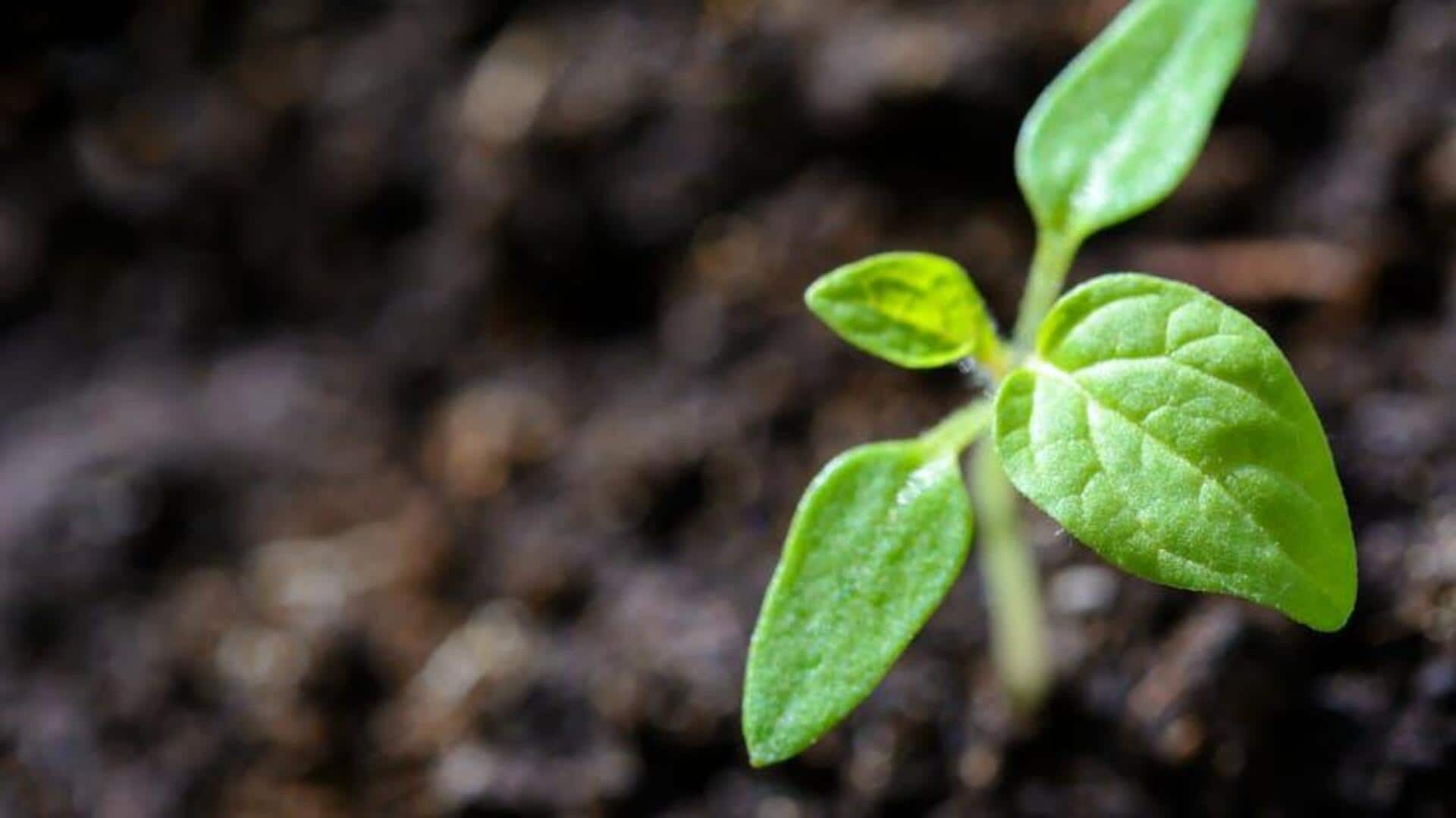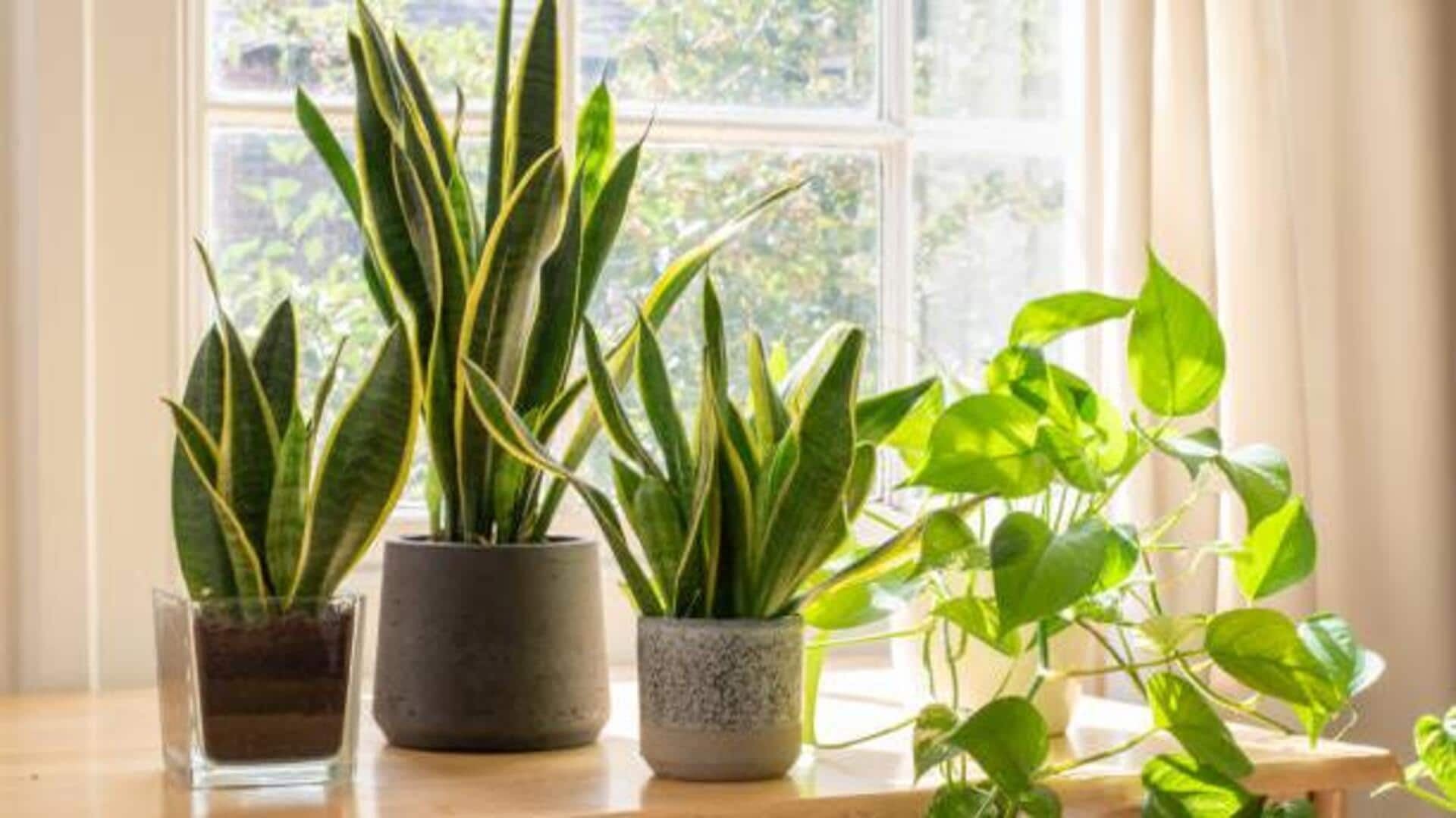Right Location Matters
Selecting the correct location is critical for your roses' health and bloom production. Roses need at least 6 hours of direct sunlight each day to flourish.
Assess your garden to identify areas that receive ample sunlight throughout the day. Ensure the spot has well-draining soil, as roses detest wet feet; stagnant water can cause root rot. Also, consider air circulation; adequate airflow around the plants is essential to prevent fungal diseases. Observe your garden throughout the day to select the sunniest and well-ventilated spot.
Soil Preparation Essential
The soil is a rose plant's foundation, and proper preparation sets the stage for success. Roses prefer soil that is rich in organic matter and slightly acidic. Amend your soil with compost, well-rotted manure, or other organic materials to improve drainage, aeration, and nutrient content. Test the soil pH; roses thrive in a pH range of 6.0 to 6.5. Adjust the pH if needed by adding lime to raise it or sulfur to lower it. Before planting, dig a hole twice as wide and as deep as the rose's root ball. This ensures the roots have room to expand and establish themselves.
Watering Techniques
Watering roses properly is a balance. Overwatering and underwatering can both lead to problems. Water deeply but infrequently, allowing the soil to dry slightly between waterings. Water at the base of the plant, avoiding wetting the foliage, as this can invite fungal diseases. Early mornings are the best time to water, giving the leaves a chance to dry before nightfall. Check the soil moisture before watering; insert your finger a few inches into the soil to gauge its dryness. If the soil is dry, it's time to water. Consider using a soaker hose or drip irrigation system for efficient water delivery directly to the roots.
Pruning For Blooms
Pruning is key to encouraging healthy growth and abundant blooms. Prune roses in late winter or early spring, before new growth starts. Remove dead, diseased, or crossing branches. Also, remove suckers, which are shoots that grow from the rootstock below the graft union. Shape the plant to promote good air circulation and light penetration. Different types of roses have different pruning needs; research the specific pruning requirements for your variety. Use sharp pruning shears and make clean cuts at a 45-degree angle just above an outward-facing bud. This encourages new growth in the desired direction.
Fertilizing Your Roses
Regular fertilization is essential for providing roses with the nutrients they need to flourish. Choose a balanced rose fertilizer specifically formulated for these plants. Apply fertilizer according to the package directions, generally in early spring, after the first flush of blooms, and again in late summer. Avoid over-fertilizing, as this can lead to excessive foliage growth at the expense of blooms. Water the soil well after fertilizing to help the nutrients reach the roots. Consider using organic fertilizers, such as compost tea or fish emulsion, for a more sustainable approach to rose care.
Pest and Disease Control
Pests and diseases can affect rose plants. Monitor your roses regularly for signs of infestation or disease. Common rose pests include aphids, spider mites, and Japanese beetles. Use insecticidal soap or neem oil to control pests. Diseases like black spot and powdery mildew can be managed with fungicides or by providing good air circulation. Practice good sanitation by removing fallen leaves and debris, which can harbor pests and diseases. Choose disease-resistant rose varieties to minimize problems. Apply preventative treatments early in the growing season to protect your roses.
Mulching for Health
Mulching is a beneficial practice that helps to maintain soil moisture, suppress weeds, and regulate soil temperature. Apply a layer of organic mulch, like shredded bark, wood chips, or compost, around the base of your rose plants. Keep the mulch a few inches away from the stems to prevent rot. Mulching helps retain moisture, so you will need to water less often. As it breaks down, the mulch also adds nutrients to the soil, benefiting your roses. Refresh the mulch annually to maintain its effectiveness and appearance.













